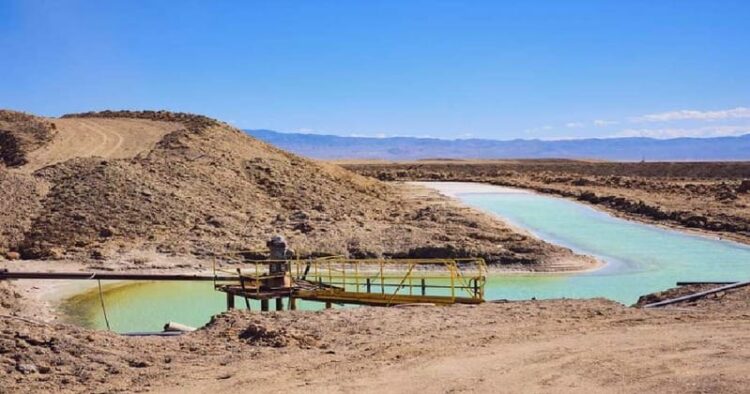In a big development, the Union Cabinet July 12 approved the amendments to the Mines and Minerals (Development and Regulation) Act, 1957, that will pave the way for commercial mining of six critical minerals — lithium, beryllium, niobium, tantalum, titanium and zirconium — and deep-seated minerals like gold, silver and copper
It is to be noted that, currently, commercial mining of these critical minerals by private companies is prohibited. Only Government agencies were allowed in exploration and mining operations.
These minerals are key components of all modern technologies and go into the making of mobile phones, electric vehicles, solar panels, semiconductors, and wind turbines, among others. In February this year, the Geological Survey of India discovered a 5.9-million-tonne reserve of lithium in Jammu & Kashmir’s Reasi district.
The amendments, once cleared by Parliament, will also allow the Government to grant a single exploration licence to companies through auction.
This decision is expected to be a big incentive for private companies, especially junior mining companies involved in exploration operations.
The amendment proposed to insert the provision of an exploration licence in the law which will be granted through auction for undertaking reconnaissance and prospecting operations, according to an official.
Companies will be allowed to suggest areas they want to explore, and eventually mine in India, as per the changes. This is a deviation from the usual practice where blocks or mines are defined by the government to be taken up for auction.
The licence will also be granted only for deep-seated and critical minerals that will be specified in a new schedule to the Act, said the official.
India meets about 70 per cent of its lithium requirement via imports, even as it seeks to increase the EV penetration from 1 per cent currently to 30 per cent by 2030.
The amendment removes these minerals from the atomic minerals list and allows the central government to auction mineral concessions for undertaking exploration starting from reconnaissance to prospecting operations.
India depends on China and Hong Kong for about 70 per cent of its lithium imports and more than 90 per cent for lithium-ion. Australia is the world’s top lithium producer followed by the ‘Lithium Triangle’ of Argentina, Chile and Bolivia.
Currently, the MMDR Act grants private companies a mining lease and a composite licence through an auction for conducting exploration and mining.
“A single exploration licence will encourage more private investment in the sector, where currently private presence is limited,” a Government official said.
The source added that the Government is currently giving composite licences in a smaller area (up to 25 square kilometres).
“But in the amendments, the ministry has proposed giving an exploration licence for a larger area of up to 5,000 sq km of a single block. The total area with one entity will not exceed 10,000 sq km,” the source added.
The MMDR Act regulates the mining sector in India and mandates the requirement for granting leases for mining operations. This is the fifth time that the MMDR Act, 1957, will be amended.
The Union Cabinet on July 12 also cleared amendments to the Offshore Areas Mineral (Development and Regulation) Act, 2002, which seek to allow commercial mining of mineral resources in offshore areas.
Currently, the private sector is not allowed to mine mineral resources in offshore areas, which include territorial waters, continental shelves, exclusive economic zones, and other maritime zones of India under the Territorial Waters, Continental Shelf, Exclusive Economic Zone and Other Maritime Zones Act. Both the amendment bills, sources said, will be introduced in Parliament during the monsoon session, which starts 20 July.
It is estimated that only 1 per cent of the global budget for mineral exploration is spent in India.
India and Australia recently identified five target projects (two lithium and three cobalt) under the India-Australia Critical Minerals Investment Partnership to build new supply chains.
Earlier this year, the Geological Survey of India (GSI) found 5.9 million tonne lithium reserves in Reasi district of Jammu & Kashmir. Based on the mapping outcome, GSI and MECL plan to carry out more exploration activities for identifying lithium resources in different parts of the country.




















Comments